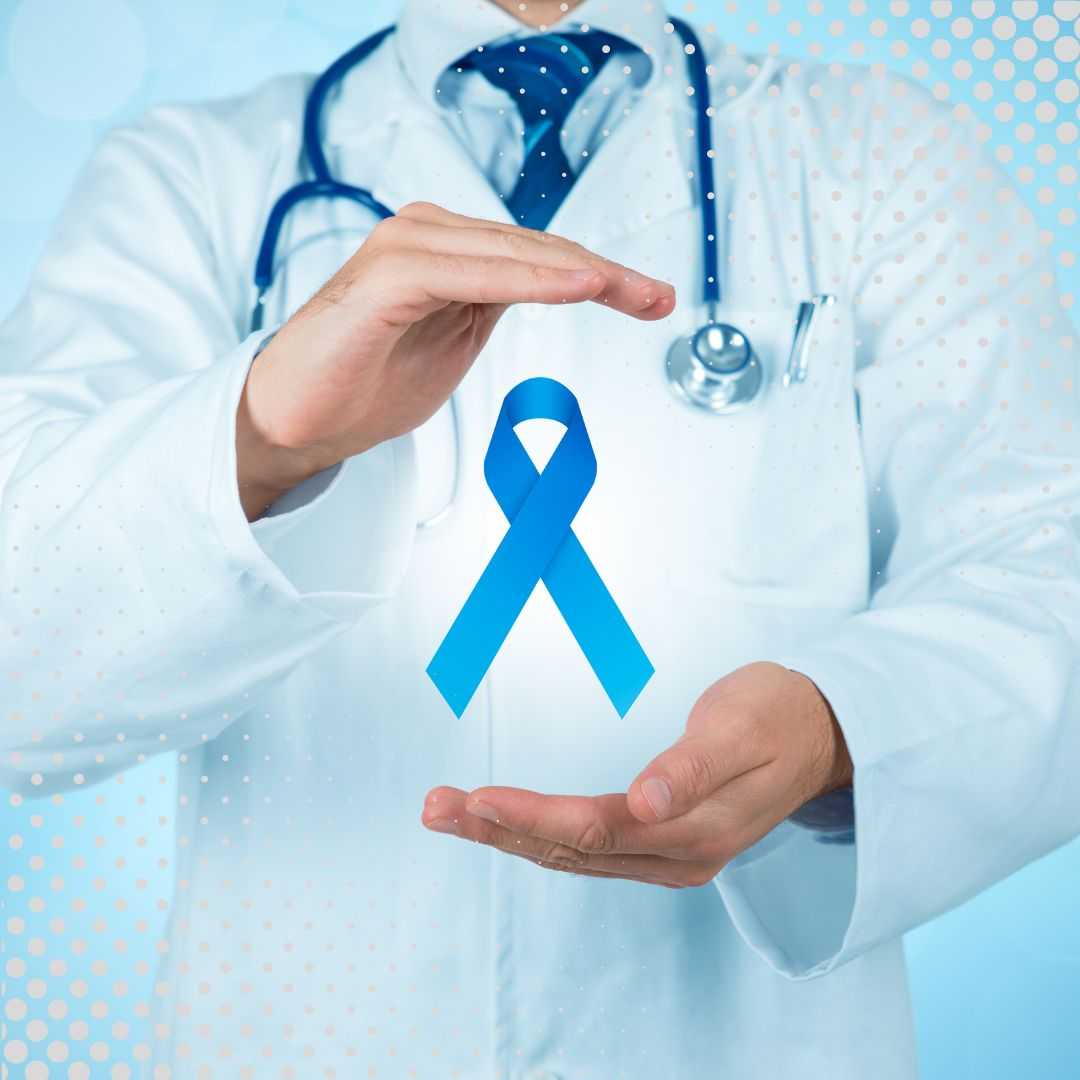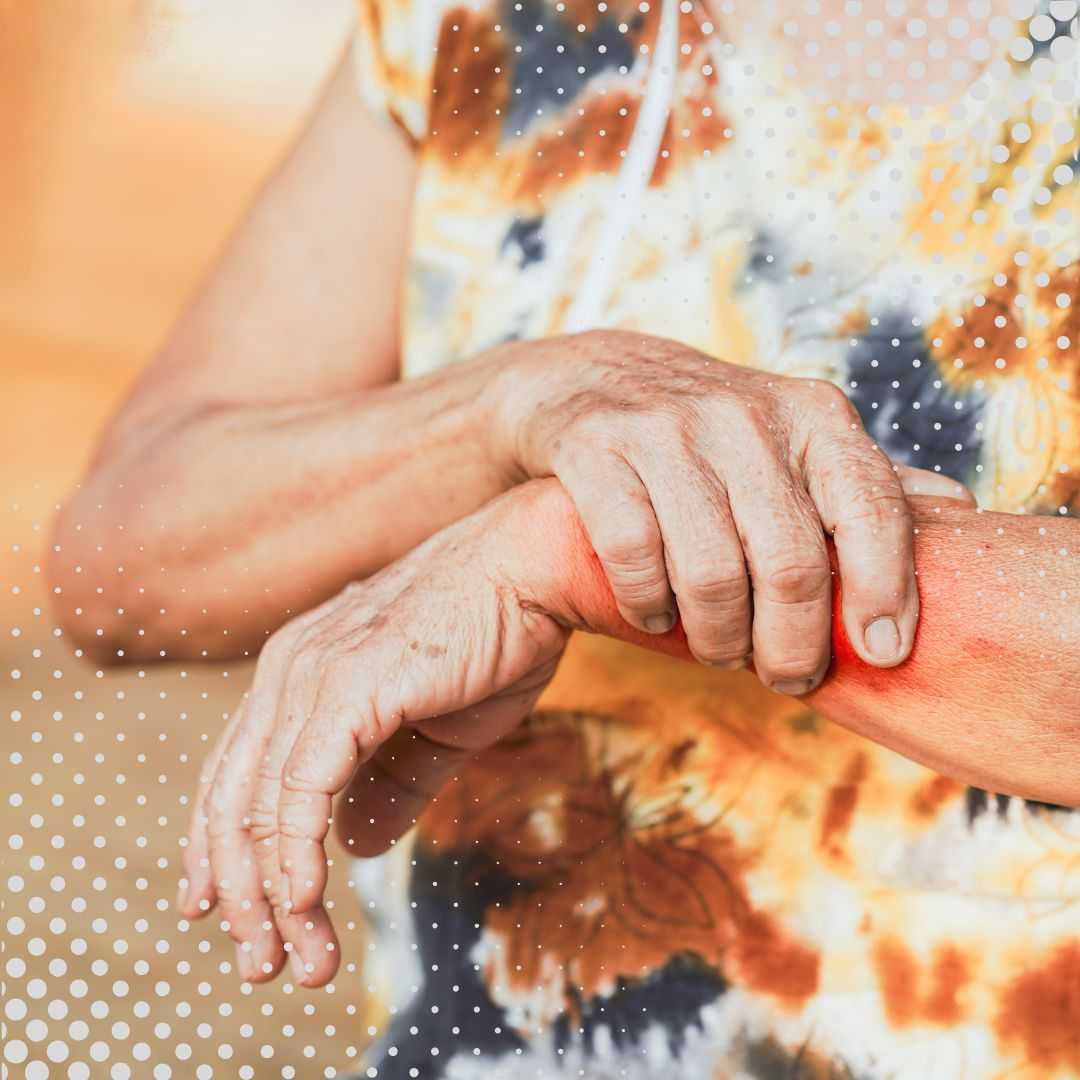.png)
Stem Cell Therapy for Spine Bone Spurs: A Regenerative Path to Pain Relief
Living with chronic back pain due to spine bone spurs can be debilitating, limiting your daily activities and diminishing your quality of life. For many, traditional treatments like physical therapy, medication, or even surgery offer only temporary relief or come with significant risks and downtime. If you're searching for "non-surgical treatment for bone spurs" or "regenerative medicine for spine pain," you're not alone. A growing number of patients are exploring advanced options like stem cell therapy.
Spine bone spurs, also known as osteophytes, are bony growths that form along the edges of bones, often on the vertebrae of the spine. While some bone spurs cause no issues, others can compress nerves, irritate surrounding tissues, or restrict movement, leading to persistent pain, stiffness, numbness, or weakness. This article delves into how stem cell treatment offers a innovative, less invasive alternative, focusing on its potential to alleviate symptoms, promote healing, and improve long-term spinal health.
As medical tourism continues to expand, individuals are discovering world-class stem cell clinics abroad that provide cutting-edge treatments at more accessible prices. We’ll guide you through understanding the procedure, its benefits, what to expect, and how to safely navigate the journey of seeking this specialized care internationally.
What are the symptoms of spine bone spurs, and how do they cause pain?
Spine bone spurs often develop gradually, and their symptoms can vary widely depending on their location and size. Many people have bone spurs without any symptoms at all. However, when they grow large enough to press on nerves or other spinal structures, they can cause significant discomfort. Common symptoms patients report include:
- Localized Back Pain: A dull ache or sharp pain in the specific area where the bone spur is located, often worsening with movement or after prolonged activity.
- Stiffness: Reduced flexibility and range of motion in the spine, especially in the morning or after periods of inactivity.
- Radiating Pain: If a bone spur presses on a spinal nerve, it can cause pain that travels down into the buttocks, legs (sciatica), or arms and shoulders, depending on the affected spinal region. This is often searched as "nerve pain from bone spur."
- Numbness or Tingling: A "pins and needles" sensation or loss of feeling in the areas supplied by the compressed nerve.
- Weakness: In severe cases of nerve compression, muscles can become weak, making it difficult to perform certain movements.
- Muscle Spasms: The body's natural response to protect the irritated area, often leading to painful muscle contractions.
Bone spurs cause pain by physically encroaching on spinal nerves (leading to conditions like "spinal stenosis symptoms"), rubbing against ligaments or tendons, or triggering chronic inflammation in nearby joints and soft tissues.
What causes spine bone spurs to develop?
Bone spurs are essentially the body's attempt to heal itself or stabilize an area of degeneration. They are often a natural consequence of the aging process and cumulative stress on the spine. Key factors that contribute to their formation include:
- Osteoarthritis (Degenerative Joint Disease): This is the most common cause. As the cartilage cushioning your spinal joints wears down over time, the bones rub against each other. In response, the body tries to repair the damage by growing new bone, leading to spurs. Patients often search for "causes of bone spurs in spine" related to arthritis.
- Aging: Simply put, the older we get, the more wear and tear our spines endure, increasing the likelihood of bone spur formation.
- Injury or Trauma: A previous injury to the spine can accelerate degenerative changes, prompting the body to form bone spurs as a protective mechanism.
- Poor Posture and Mechanics: Chronic poor posture or repetitive motions that strain the spine can lead to uneven pressure distribution and accelerated wear, contributing to spur formation.
- Genetic Predisposition: Some individuals may be more genetically prone to developing bone spurs.
- Ligament Degeneration: Over time, spinal ligaments can stiffen and calcify, contributing to spur formation.
Understanding "why do I get bone spurs" often boils down to a combination of these factors, highlighting the body's complex response to stress and degeneration.
What types of stem cell treatments are available for spine bone spurs?
Stem cell therapy for spine bone spurs primarily focuses on leveraging the regenerative and anti-inflammatory properties of Mesenchymal Stem Cells (MSCs). These are adult stem cells that can differentiate into various cell types (bone, cartilage, fat) and, critically, possess powerful immunomodulatory capabilities. The main types of stem cell treatments used include:
- Autologous Stem Cell Therapy: This is the most common approach, where stem cells are harvested from your own body.
- Bone Marrow Aspirate Concentrate (BMAC): MSCs are extracted from your bone marrow, usually from the hip bone (iliac crest). The bone marrow is then processed to concentrate the stem cells before injection.
- Adipose-Derived Stem Cells (ADSCs): MSCs are harvested from your own fat tissue, typically through a mini-liposuction procedure. Fat tissue is a rich source of MSCs and can be less invasive to collect than bone marrow.
- Allogeneic Stem Cell Therapy: In some cases, stem cells from a donor (often umbilical cord tissue or amniotic fluid) are used. These are typically screened for safety and compatibility. While offering a convenient "off-the-shelf" option, regulations and availability vary significantly by country.
The procedure generally involves harvesting the cells, processing them to concentrate the therapeutic components, and then injecting them precisely into the affected area of the spine using imaging guidance (fluoroscopy or ultrasound). The goal of these "types of stem cell therapy for spine" is to reduce inflammation around the nerve or joint, potentially repair damaged cartilage or ligaments, and create an environment conducive to natural healing, which can alleviate pain and improve function associated with "stem cells for osteophytes."
Am I eligible for stem cell treatment for spine bone spurs?
Determining "who can get stem cell treatment for back pain" involves a comprehensive evaluation by a specialist. While stem cell therapy is not a universal solution, many individuals suffering from spine bone spurs find themselves to be good candidates. General eligibility criteria often include:
- Chronic Pain: Individuals experiencing persistent pain, stiffness, or neurological symptoms related to bone spurs that have lasted for several months.
- Failed Conservative Treatments: Patients who have tried traditional non-surgical methods like physical therapy, anti-inflammatory medications, steroid injections, or chiropractic care without significant, lasting relief.
- Good General Health: Candidates should be in relatively good overall health, free from active infections or certain serious medical conditions (e.g., specific cancers, severe autoimmune diseases, or bleeding disorders).
- Non-Surgical Candidate or Desire for Alternatives: Those who are not good candidates for surgery due to other health issues, or who wish to avoid surgery altogether, are often ideal candidates.
- Realistic Expectations: Understanding that stem cell therapy aims to reduce pain, improve function, and promote healing, rather than being an instant cure or guaranteed complete regeneration.
Conditions that may exclude you include active cancer, active infection, severe spinal instability requiring surgical fusion, or significant allergies to materials used in the procedure. A thorough consultation, including imaging reviews (MRI, X-ray), will determine if you meet the "eligibility for stem cell therapy spine."
What is the recovery time and what can I expect after stem cell therapy for spine bone spurs?
One of the significant advantages of stem cell therapy over traditional surgery for spine bone spurs is the considerably shorter and less intensive recovery period. Patients often search for "stem cell therapy recovery time spine" to understand this benefit:
- Immediate Post-Procedure: You may experience some mild soreness, swelling, or bruising at the injection site and the harvest site (if autologous cells were used). This usually subsides within a few days.
- First Few Weeks: Patients are typically advised to rest and avoid strenuous activities for a few days to a week. Light walking and gentle movements are often encouraged. You might not feel immediate pain relief; the healing process takes time.
- Weeks 2-6 and Beyond: Many clinics will recommend a personalized rehabilitation program, including physical therapy, to optimize results. This helps strengthen supporting muscles and improve spinal mechanics. Pain reduction and functional improvement usually begin to become noticeable during this period and can continue for several months, as the cells work to reduce inflammation and promote healing.
What to expect "after stem cell injection for back pain" is a gradual process. Stem cells don't magically erase bone spurs overnight. Instead, they aim to create an optimal healing environment by reducing inflammation, promoting the repair of damaged tissues (like discs or ligaments), and potentially influencing the environment to slow or stop further spur growth. Patience and adherence to post-treatment guidelines are crucial for the best outcomes.
What are the risks and side effects of stem cell treatment for spine bone spurs?
Like any medical procedure, stem cell therapy carries some potential risks and side effects, though they are generally considered minimal, especially when performed by qualified professionals. Patients often search for "stem cell therapy risks back pain" to understand potential drawbacks:
- Temporary Pain or Soreness: The most common side effect is mild to moderate pain, swelling, or bruising at the injection site in the spine, and if autologous cells are used, also at the harvest site (e.g., hip for bone marrow, abdomen for fat). This typically resolves within a few days.
- Infection: A rare risk associated with any injection. Clinics follow strict sterile protocols to minimize this.
- Bleeding or Hematoma: A small risk of bleeding or a collection of blood (hematoma) at the injection or harvest site.
- Allergic Reaction: While rare with autologous treatments, there's a theoretical risk, especially if donor cells or specific processing agents are used.
- Nerve Injury: Extremely rare with image-guided injections performed by experienced physicians.
- No Improvement: While many experience positive results, there's no guarantee that the treatment will be effective for every individual.
- Theoretical Risk of Uncontrolled Cell Growth: This is a highly theoretical concern for MSCs used in orthopedic applications and is not supported by current clinical evidence in regulated settings. MSCs have a very low risk of forming tumors.
When considering the "side effects of stem cell injection spine," it's crucial to discuss all potential risks with your physician and ensure the clinic adheres to rigorous safety standards and ethical practices.
How does the worldwide cost of stem cell treatment for spine bone spurs compare?
The "cost of stem cell therapy for spine bone spurs" is a major consideration for many patients, especially since it's often not covered by traditional insurance. Prices can vary dramatically based on the country, clinic reputation, the specific protocol used (e.g., type and number of injections, source of stem cells), and any additional therapies included.
Estimated Worldwide Cost Comparison for Stem Cell Treatment for Spine Bone Spurs
| Country | Estimated Cost Range (USD) | Key Factors Influencing Cost |
|---|---|---|
| USA / Canada | $8,000 - $15,000+ | High healthcare costs, advanced technology, established regulations, limited insurance coverage. |
| Germany | $7,000 - $12,000 | Strict regulations, high medical standards, often includes comprehensive diagnostics. |
| Mexico | $5,000 - $10,000 | Significant cost savings, proximity for North Americans, growing number of specialized clinics. |
| Costa Rica | $6,000 - $9,000 | Reputable medical tourism destination, competitive pricing, often combined with recovery vacation. |
| India / Thailand | $4,000 - $8,000 | Among the most affordable, highly skilled doctors, state-of-the-art facilities, popular for "affordable stem cell treatment abroad." |
These figures are estimates and can fluctuate. It's crucial to get a personalized quote that includes all aspects of the treatment, pre- and post-care, and any associated costs.
Why consider stem cell treatment for spine bone spurs abroad?
For many patients, especially from countries with high healthcare costs or restrictive regulations, seeking "medical tourism spine treatment" for stem cell therapy abroad presents a compelling alternative. Here's why:
- Significant Cost Savings: As seen in the table above, the cost of the same high-quality stem cell procedures can be considerably lower in other countries, making treatment accessible to more people.
- Access to Advanced Treatments: Some countries have more progressive regulations regarding stem cell research and application, offering therapies that might not yet be widely available or approved in your home country.
- Reduced Wait Times: In countries with universal healthcare systems, long waiting lists for specialized procedures can be a major issue. Traveling abroad often means quicker access to treatment.
- World-Class Facilities and Expertise: Many medical tourism destinations boast state-of-the-art clinics and highly qualified, internationally trained physicians specializing in regenerative medicine.
- Privacy and Anonymity: For some, the option of receiving treatment away from home provides an added layer of privacy.
- Combine Treatment with Travel: Patients can often integrate their treatment with a relaxing recovery period in an appealing destination, turning a medical journey into a therapeutic escape.
This confluence of factors makes international medical travel an attractive option for those seeking effective and "best countries for stem cell therapy" for their spine bone spurs.
What to expect when traveling abroad for spine bone spur treatment?
Embarking on "travel for stem cell treatment" for your spine bone spurs can seem daunting, but with proper planning, it's a smooth process. Here's what you can generally expect:
- Initial Consultation & Planning: You'll start with remote consultations (video calls, email) with clinics abroad. They'll review your medical records, imaging (MRI, X-rays), and discuss your specific condition to determine if you're a suitable candidate and provide a personalized treatment plan and quote.
- Travel Arrangements: A medical tourism facilitator like PlacidWay can help you with flights, accommodation, local transportation, and even visa assistance. They act as your guide, simplifying the logistics of your "medical travel spine surgery alternative."
- Arrival and Pre-Treatment: Upon arrival, you'll have in-person consultations, further diagnostics if needed, and a detailed explanation of the procedure. This is your chance to ask any remaining questions.
- The Treatment: The stem cell harvesting (if autologous) and injection will be performed. This is typically an outpatient procedure, meaning you won't need an overnight hospital stay.
- Recovery and Follow-up: You'll have a short recovery period at your accommodation, followed by post-treatment instructions and potentially a follow-up visit before you travel home. Clinics often provide guidelines for post-treatment care and rehabilitation.
- Post-Travel Support: Reputable clinics and facilitators will offer remote follow-up support to monitor your progress and answer questions after you return home.
The entire process is designed to be as stress-free as possible, allowing you to focus on your recovery and well-being.
How can I ensure safety and quality when choosing a clinic abroad for stem cell therapy? And what about patient success stories?
Ensuring the "safe stem cell clinics abroad" and maintaining high-quality care is paramount when seeking treatment internationally. Here's how to do your due diligence:
- Accreditation and Licensing: Verify that the clinic is accredited by reputable international or national bodies (e.g., JCI - Joint Commission International). This ensures they meet stringent global standards for patient care and safety.
- Physician Credentials: Research the doctors' qualifications, experience in regenerative medicine, certifications, and affiliations. Are they board-certified? Do they specialize in spine conditions?
- Transparency of Protocols: A reputable clinic will be transparent about their specific stem cell protocols: where cells are sourced, how they are processed, and the exact method of injection. Avoid clinics that promise miracle cures or lack clear explanations.
- Facility Standards: Ensure the facility uses state-of-the-art equipment and maintains strict sterile environments to prevent infections.
- Patient Reviews and Testimonials: Look for independent patient reviews, testimonials, and "patient success stories" (with verifiable details if possible). These can offer valuable insights into other patients' experiences with the clinic and their outcomes. While individual results vary, a pattern of positive experiences indicates reliable care.
- Clear Communication: The clinic and any facilitator should communicate clearly and promptly in your preferred language, addressing all your concerns before, during, and after treatment.
- Medical Tourism Facilitators: "Choosing medical tourism provider" like PlacidWay can significantly enhance your safety and quality assurance. They vet clinics, assist with communication, coordinate logistics, and provide a layer of support and advocacy.
By carefully researching and asking the right questions, you can confidently choose a clinic abroad that prioritizes your safety, delivers high-quality care, and offers the best chance for a successful outcome in your journey toward pain relief from spine bone spurs.
Take the Next Step with PlacidWay
Ready to explore treatment options abroad? Discover top clinics, compare prices, and get a free quote tailored to your needs with PlacidWay.
Stem Cell Therapy Abroad










Share this listing